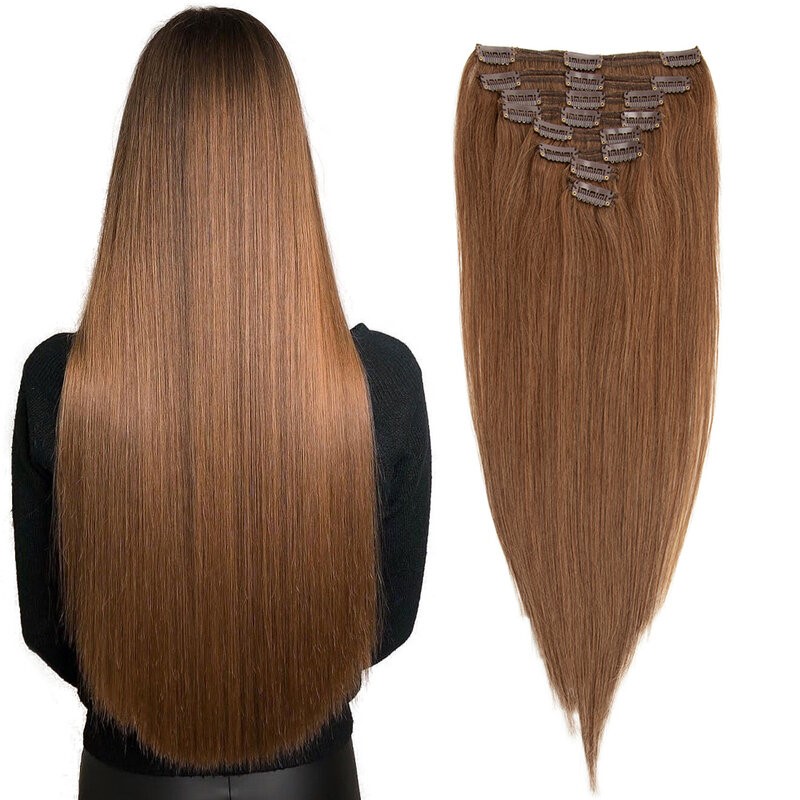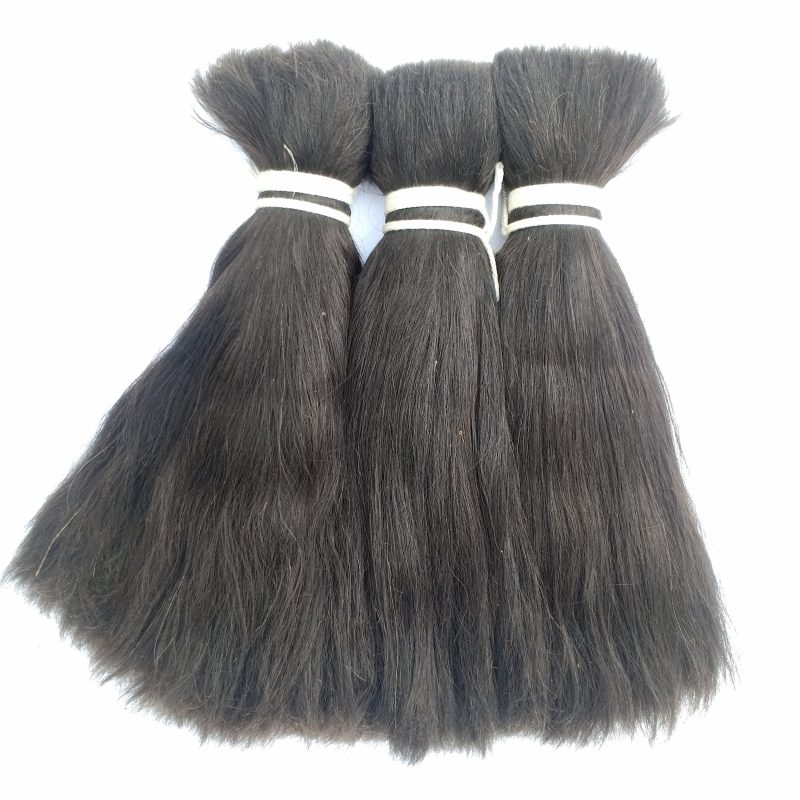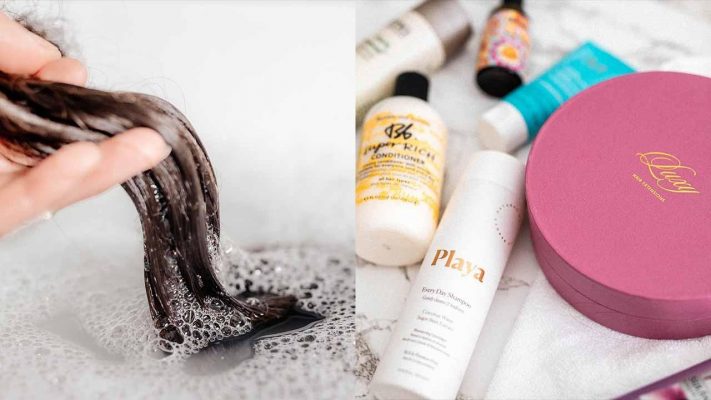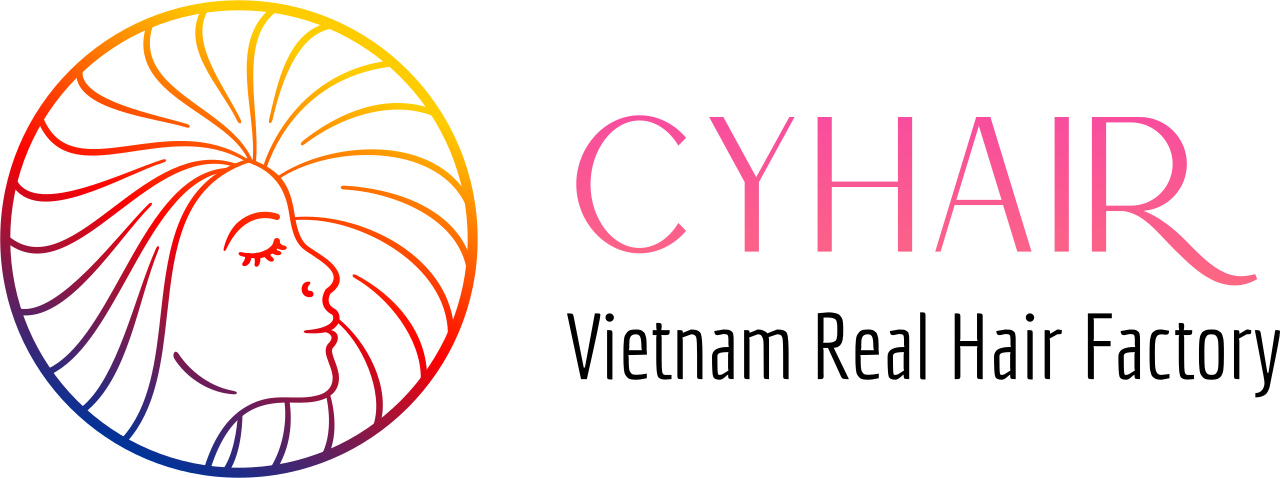Is There A Difference Between Remy And Non-Remy Hair?
Main contents
In today’s alternative hair business, the words “Remy hair” and “non-Remy hair” are commonly used. They are, however, occasionally misapplied or misinterpreted. Human hair that has been harvested from a particular source or donor is described as Remy hair. The cuticles are in good condition and are aligned in a single direction. Non-Remy Hair is made up entirely of human hair, yet it is gathered in heaps. As a result, the hair’s cuticles are all misaligned, making it easy to tangle. So, let’s go deeper into the meanings of these terminologies in order to understand how to properly compare Remy and non-Remy hair.
What is Remy Hair?

In the hair extension industry, the term “Remy” is frequently used. Hair dealers have a frequent misunderstanding that they are acquiring the highest quality hair.
In reality, Remy hair simply refers to the orientation of the hair’s cuticle. Remy has the following characteristics:
● The word “Remy” refers to the features of the hair as well as the manner through which the hair extensions are made.
● Remy hair contains characteristics including unilateral cuticle direction, which implies the hair follicles all point in the same direction.
● Remy hair is gathered in a way that preserves the natural texture pattern and cuticle direction by aligning all hair strands in the same direction as they grew.
● This prevents tangling issues that are frequent in Non-Remy or low-quality hair.
What is non-Remy hair?

Have you ever wondered why Non-Remy hair costs so much less than Remy hair?
The cuticles of non-remy hair are peeled or run in both directions. This frequently results in tangles.
● Because of its inexpensive cost, non-Remy hair is quite popular and easily available. Both the roots and the tips of this hair are jumbled up.
● The cuticles and, in some cases, the hair ends are shaved off in this type of hair. Friction between hair strands is reduced as a result.
● Non-Remy hair is gathered from temple floors, salons, and odd vendors. Cuticle directions become jumbled with this method of collection, resulting in inevitable shedding, tangling, and matting issues.
● Hair manufacturers employ silicone to make the hair seem glossy to alleviate the tangling problem, but as soon as you wash it, the silicone comes out and the hair mattes into a gigantic mess.
What makes Remy hair different from non-Remy hair?

By comparing the tangling of the hair bundles, you can tell if it’s Remy or non-Remy hair.
You can see how the hair flows by combing the hair bundles with a hairbrush. It might be non-Remy hair if the hair is tangled despite the fact that you comb it properly. Non-Remy hair is prone to tangling since the tip and top are mixed. Meanwhile, because Remy hair is meticulously separated by hair producers to ensure that all of the hair grows in the same direction, tangling is unlikely.
Non-Remy hair can be chemically treated before being sold. It may appear attractive at first, but after washing, the hair tends to tangle and does not last long.
The state of shedding can be used to compare Remy and non-Remy hair.
You may also examine the shedding condition of the hair bundles when comparing remy and non-remy hair. If the hair quickly slips off the weave, it might have been wefted carelessly or come from a non-remy source. As a result, it’s possible that you’ll only use it a few times a year. If properly cared for, people can utilize remy hair for up to two years. It’s possible that non-remy hair will only last a few weeks or months.
When comparing Remy and non-Remy hair, the price difference is the most important factor to consider.
Because Remy and non-Remy hair are of different quality, their costs are comparable. The price can be used to compare Remy and non-Remy hair. We can find a lot of hair bundles from China being marketed at dirt-cheap costs these days. Plastic and paper are used to wrap the hair, which is then packed up like a toy. In African hair markets, this type of non-Remy hair is widely accessible.
Remy hair costs more than non-Remy hair because of the craftsmanship involved, which results in a better form and quality. In addition, the manner the hair is packed looks to be different. Remy hair is frequently packaged properly, in nylon bags with netting to keep the texture, and hang up at hair salons.
In its most basic form, the difference between Remy hair and non-Remy hair lies in the manner the hair is harvested.
Before being chopped and gathered, Remy hair is wrapped or secured with rubber bands. So that all of the hair in Remy hair flows naturally from root to tip in the same direction, the cuticles of the hair are not roughed up as much and keep smooth, which is claimed to assist with matting, especially in humid climates or after washing.
Hair that does not have its roots aligned is referred to as non-Remy hair (Roots and tips not traveling in the same direction). Shear hair from the head and place it in a bag, paying little attention to how the cuticle layers of the hair line up. A higher acid concentration is necessary since the cuticle runs in both directions. As a result, hair loses a lot of moisture and becomes dry and straw-like.
The cuticle is crucial in distinguishing whether or not human hair is “Remy” or “Non-Remy”.
Remy hair cuticles are preserved, giving it a more natural appearance. This is due to the time-consuming process that the hair goes through to avoid damaging the cuticle. This procedure assures that the hair stays incredibly smooth, lustrous, silky, and tangle-free for the rest of its life. It fits in well with your natural hair, and it can be styled and treated just like your own.
Non-remy hair—Because the cuticle runs in both directions, the cuticle must be removed before Non-remy hair may be utilized in completed hair products. The hair is bathed in massive, very corrosive acid baths to dissolve the cuticle, which can permanently damage the hair, making it unsuitable for color treatment or heat.
To determine the best hair type for your hair company, compare Remy hair with non-Remy hair
It’s time to pick the right hair type for your consumers now that you know how to compare Remy and non-Remy hair. “Good things ain’t cheap, and cheap things ain’t good,” people are saying. In the hair industry, this is correct. Everyone wants high-quality hair for their clients. However, we must consider the requests of clients in terms of two factors: requirements and budget.
Let’s perform some study to find out what consumers’ demands are: the hair they want is used for casual days or celebrations, and the expected period of the hair extension weaves. If your clients are celebrities, they don’t need to buy non-Remy at a low price. If your consumers want to buy hair that they can use for a long time, they don’t want it to tangle or shed.
We also compare the costs of Remy hair, non-Remy hair to determine which is the most cost-effective option for the consumer. Customers who are hesitant to pay a large sum of money on excellent quality hair may discover unclean cheap hair, which may or may not be Remy hair, and tolerate any insecurity and uncomfortable circumstances while using it.
Remy and non-Remy hair extensions: How to Care for Them

The steps of applying Remy and non-Remy hair extensions are as follows:
Step 1: Treat both Remy and non-Remy hair extensions as if they were your own. You may wash your extensions with your natural hair this way. You must, however, avoid damaging the joints between your natural hair and your Remy and non-Remy hair extensions.
Step 2: To make your hair smoother and more lustrous, use hydrating yet sulfate-free shampoos and conditioners.
Step 3: Washing Remy and non-Remy hair extensions should be done only once or twice a month. You should use specific shampoo and conditioner for Remy and non-Remy hair extensions while washing them.
Step 4: Do not sleep with Remy or non-Remy hair extensions on since they will lose their curl rapidly.
Contact Us:
+ Whatsapp: +84387751243
+ Email: leeanh@cyhair.vn

